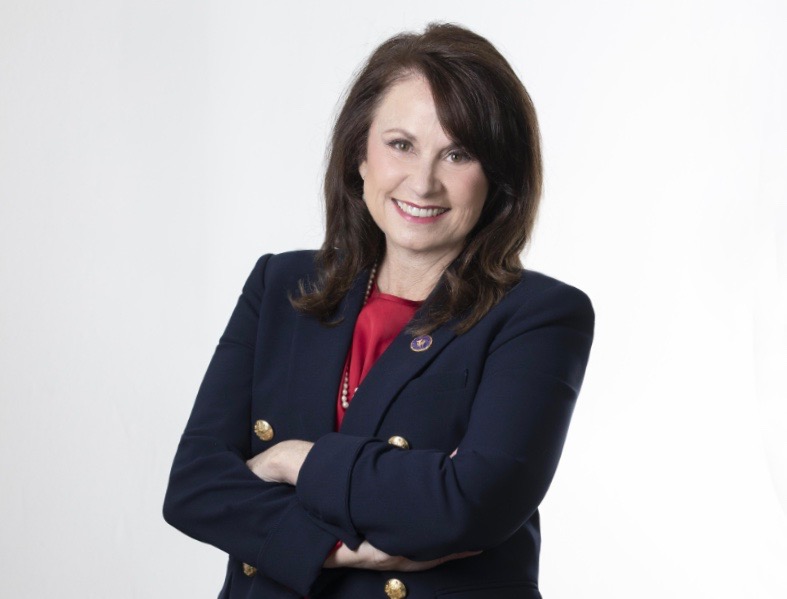Harriet Golden
December 21, 2007
Rita LaGrange
December 27, 2007Val Marmillion talked about a much-publicized topic at the South Central Industrial Association’s December meeting: wetlands loss along Louisiana’s Gulf coast.
But if the subject is overly familiar, it’s partly because of Marmillion’s efforts.
The Houma native is the managing director of America’s Wetland, the privately-funded organization formed to educate the nation about the state’s wetlands loss crisis.
Marmillion, the founder and president of the marketing consulting firm Marmillion and Company, was hired by America’s Wetland in 2002 to head the foundation’s Campaign to Save Coastal Louisiana.
The construction of levees to contain the Mississippi River beginning in 1927 had great unintended results, he said, depriving Louisiana’s coast of land-building sediments flowing out of the river.
“It could lead to the possible disappearance of my hometown,” he said. “We are the next place that can go – us, Morgan City and Isle Jean Charles. But the end of this game is not written.”
Marmillion repeated the oft-cited statistic that, each year, 24 square miles of wetlands vanish in coastal Louisiana, equivalent to one football field every 38 minutes.
To drive home the point to Washington, D.C., Marmillion compared the size of the wetlands loss in Louisiana to the size of the nearby city of Baltimore.
“Those in the Beltway take note,” he said. ‘Write Congress, say enough is enough.”
One of the purposes of the America’s Wetland Foundation is to ensure that the rest of the country knows Louisiana processes much of the nation’s oil and gas.
But like many people in public life, Marmillion complained about the corrupt image projected by the state.
“Only half of Congress has come to south Louisiana (post Katrina),” he said. “We hear from the country that there’s a perception we don’t take care of our wetlands, that our legislators are too friendly with big industry. Why isn’t this the number one issue?”
Marmillion said Louisiana has a “working coast.”
“We have to work to produce the products for the nation,” he said. “The oil industry needs to grow without using foreign sources. We need to look to the domestic supply. How can we be chastised by the people we’re serving? Don’t disallow us to move forward.”
“They haven’t given us the federal dollars to support the rest of the nation,” he said. “This is changing. People are becoming more aware.”
The campaign has launched numerous publicity efforts to draw attention to the wetlands erosion crisis, such as displaying an oversized ruler on a French Quarter street before Katrina to show how much floodwater could inundate the city. Another stunt broadcast the names of congressmen who have not visited Louisiana following hurricanes Katrina and Rita.
However, the campaign’s major focus recently has been to advertise Louisiana, Texas, Mississippi and Alabama as “America’s Energy Coast.”
“We need to naturally restore our wetlands and tell the country how we’re supplying gas and oil,” Marmillion said.
He showed a short promotional film produced by America’s Wetland and narrated by St. Charles Parish native Garland Robinette, who currently hosts “The Think Tank” radio program on WWL (AM).
“This is the place that fuels the nation,” Robinette states in the film. “It’s in peril.”
“Levees have led to the environmental collapse of the wetlands,” he states. “We must shore up America’s Energy Coast.”









